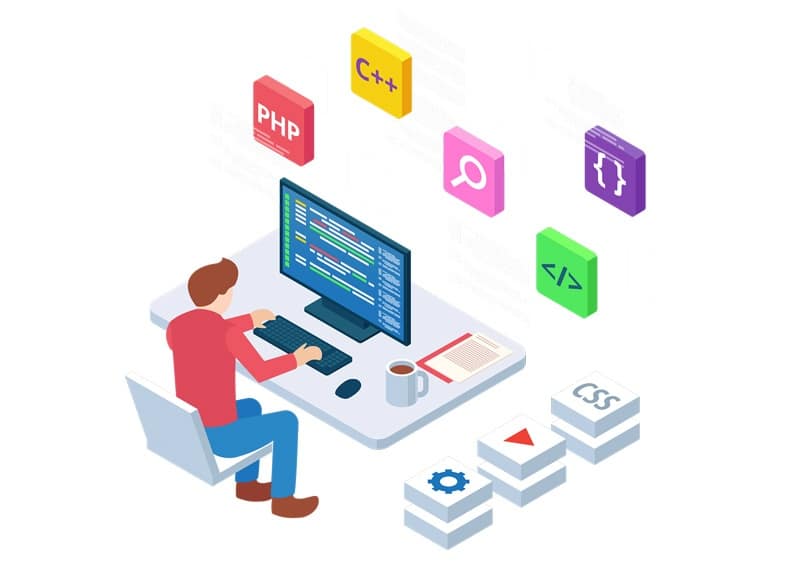Conversational AI-powered Intelligent Virtual Assistants (IVAs) are designed to create natural, human-like conversations between users and machines. By using Natural Language Understanding (NLU) engines, machines are able to comprehend and interpret human language. These engines are a subset of natural language processing (NLP) and artificial intelligence (AI) systems and are designed to extract meaning and information from text or speech data. NLU engines play a crucial role in various applications, including chatbots, virtual assistants, sentiment analysis, language translation, and more.
The conversation flow with Kore.ai IVAs passes through various NLU and Conversation Engines before the IVA decides its action and response. This article provides an overview of the NLP flow within a Kore.ai IVA and shows how you can leverage its features to build an efficient and accurate IVA.
The Kore.ai NLU Engines and when to use them:
– Fundamental Meaning (FM): A computational linguistics approach that analyzes the structure of a user’s utterance to identify each word by meaning, position, conjugation, capitalization, plurality, and other factors.
– Machine Learning (ML): Uses state-of-the-art NLP algorithms and models for machine learning to enable VAs to be trained and improve their intelligence over time.
– Knowledge Graph (KG): Helps turn static FAQ text into an intelligent and personalized conversational experience.
The Kore.ai XO Platform combines these three engines to accelerate the NLU performance of the virtual assistant and achieve optimal accuracy with less training data.
Each engine has its own settings and configurations. The Machine Learning engine is recommended for training a VA due to its flexibility and auto-learn feature. The Knowledge Graph engine is suitable for query-like intents or answering user queries from documents. The Fundamental Meaning engine is useful for idiomatic or command-like sentences.
To optimize your IVA’s NLP, you can access the Build > Natural Language section of the Kore.ai XO Platform. Here, you can define how the NLP interpreter recognizes and responds to user input, set confidence levels, and modify advanced settings.
In the conversation flow, the user utterance goes through a series of NLP engines for entity extraction and intent detection. The output from these engines helps determine the winning intent, which then passes through the conversation engine for task execution. Finally, a response is generated and presented to the user based on the channel of interaction.
Source link





















